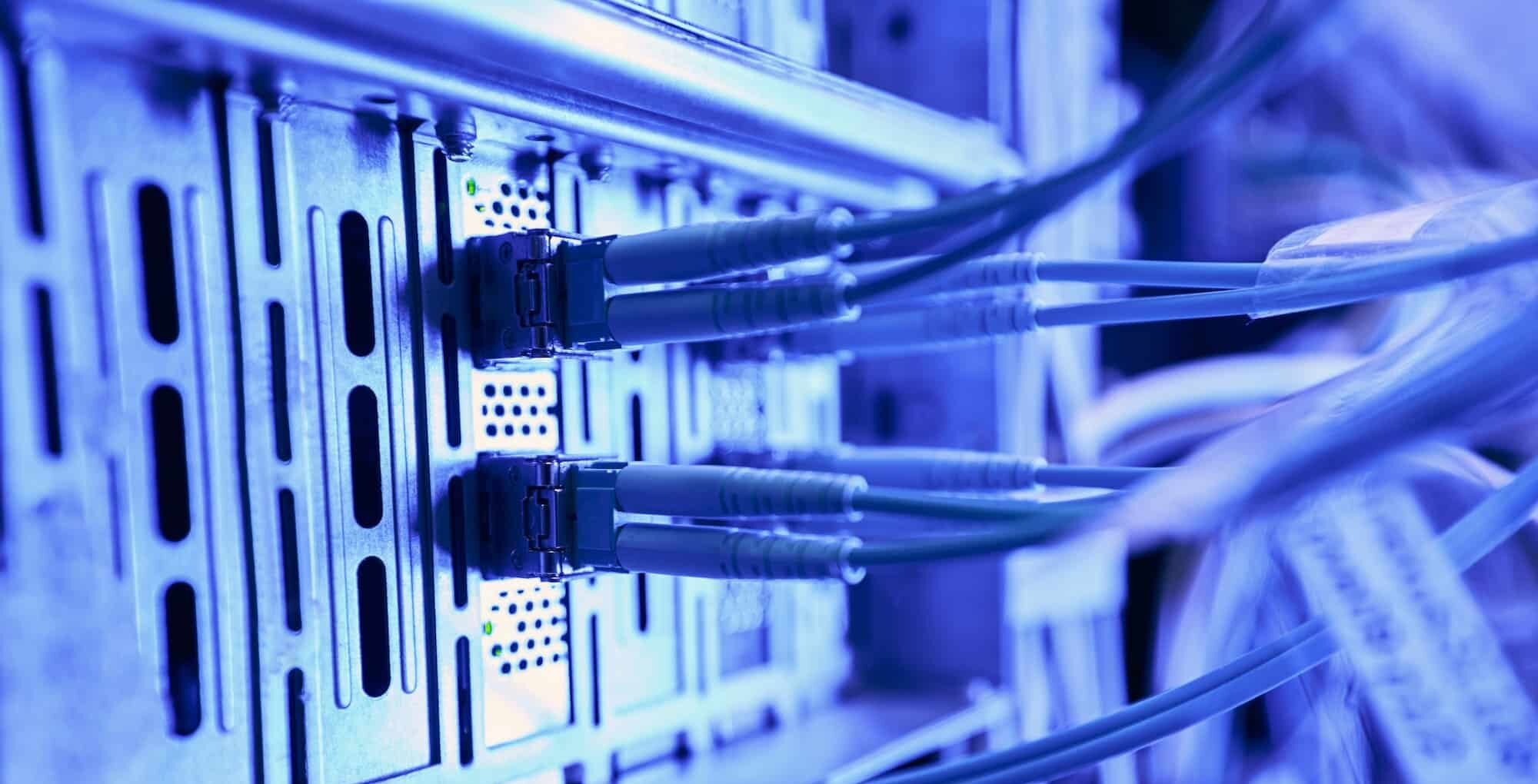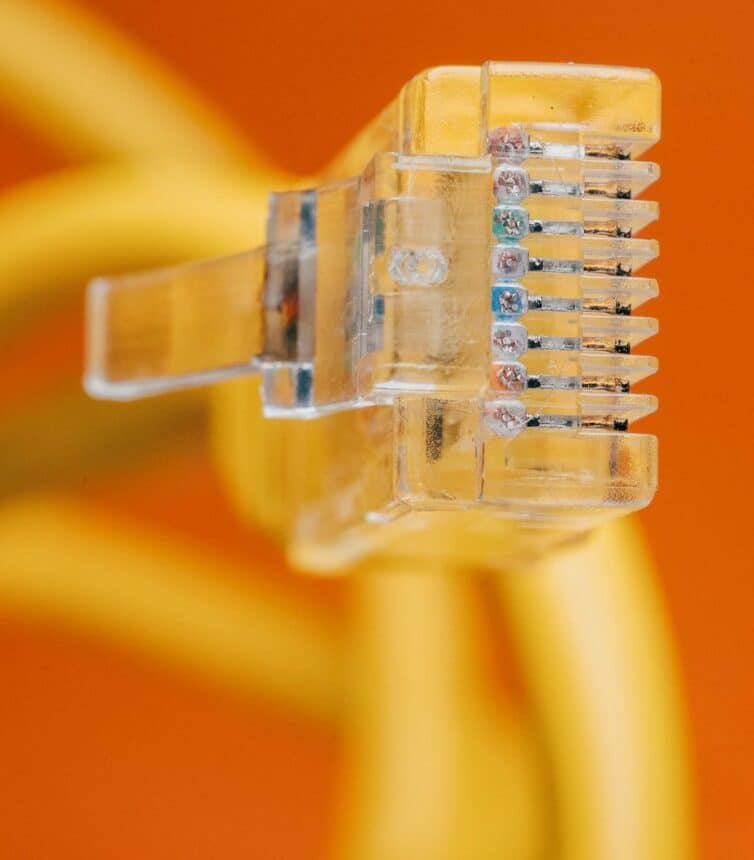Unshielded Twisted Pair vs. Shielded Twisted Pair Cables
Shielded twisted-pair (STP) cables prevent signal interference with foil wrapped around the twisted wires inside the casing. Unshielded twisted-pair (UTP) cables don’t have this added layer of protection. STP Ethernet cables are primarily for busy networks in large facilities like hospitals and airports, while UTP cables are suitable for homes and smaller offices.
Suncoast Power can assess your system and help you determine which type of cable you need. Unless you have an extensive network with exceptional data traffic, your best choice is likely UTP Ethernet cables.
Stranded or Solid Ethernet Cables
The difference between stranded and solid Ethernet cables is the core of the wire. Stranded cables have braided wires that make them more flexible, meaning they’re more suitable for patch cabling and situations where the cables need to be plugged and unplugged frequently.
Solid cables are sturdy, making it easy to thread them through walls during installation. They hold well in outdoor applications, and the solid core helps prevent signal loss. However, stranded cables have tiny gaps that can cause interference during data transfer.
Advantages and Disadvantages of Cat5 and Cat6 Cables
Each type of Ethernet cable has pros and cons that can help you decide which one best suits your situation. Suncoast Power knows how to choose the right cables for specific applications, whether you want to wire a residential building or set up a new office.
Advantages of Cat5 Cables
Cat5 cables have been the go-to for hardwired connections for the past two decades. They’re highly affordable, easy to install, and versatile. Cat5 cables can connect most network-capable devices and telephones, giving property and business owners a cost-effective solution for wiring their buildings. If you want to improve performance, upgrading to Cat5e is a simple solution.
Disadvantages of Cat5 Cables
While Cat5 can support many of the internet speeds people have in their homes and businesses today, the use of these cables is waning. With only 100 Mbps of data transfer speed, Cat5 cables won’t work with high-speed connections, and their lack of shielding allows crosstalk to inhibit performance further. Ethernet cable installation specialists typically don’t use Cat5 cables for new cabling projects.
Advantages of Cat6 Cables
Cat6 cables perform better than Cat5 in almost every way, including data transfer speed, bandwidth, maximum cable length, and crosstalk protection. Compared to the earlier generations of Ethernet cables, the tightly wound wires and thick casing that make up Cat6 cables significantly boost their performance.
Disadvantages of Cat6 Cables
Cat6 cables may be more capable of supporting high speeds, but they’re more expensive than Cat5 cables. The construction of Cat6 cables makes them thicker and heavier than earlier types, which can lead to space issues during installation.
Before increasing your budget, remember that Cat6 cables aren’t yet necessary for most homes and businesses. Unless you need intensive network capabilities, upgrading to Cat6 cables is only helping you future-proof your system.
Similarities Between Cat5 and Cat6 Cables
- Cat5 and Cat6 cables can connect devices like computers, routers, printers, and switches to the network.
- Both cables have eight color-coded copper wire conductors that form four twisted pairs.
- Cat5 and Cat6 cables have a maximum cable length of 328 feet before performance reduction.
- Both Cat5 and Cat6 cables have to adhere to the standards of ANSI (American National Standards Institute) and TIA (Telecommunications Industry Association).
- Both types allow PoE (Power over Ethernet), enabling you to power devices like LED lights or telephones via Ethernet cables instead of needing a separate power cord.
- Cat5 and Cat6 cables come in several varieties so that you can use them for various applications, such as indoor or outdoor installation.
- You can find both cables in UTP or STP designs, allowing you to use them in either small (home, office, etc.) or large networks (airports, hospitals, etc.).
Differences Between Cat5 and Cat6 Cables
- Cat6 cables have thick copper wires, while Cat5 cables are thinner.
- Cat5 supports 100 Mbps speed (or 1,000 Mbps for Cat5e) and has 100 MHz maximum bandwidth.
- Cat6 cables can reach up to 10 Gbps with a 250 to 500 MHz bandwidth, depending on the cable type.
- Cat6 cables only get up to 10 Gbps at 110 to 165 feet of cable length unless you choose the more expensive Cat6a cable.
- The thicker casing around Cat6 cables prevents crosstalk interference, improving network speeds in environments with many competing signals.
- Cat6 cables have a spline inside the casing, a piece of plastic separating the copper wire pairs to prevent internal signal interference.


